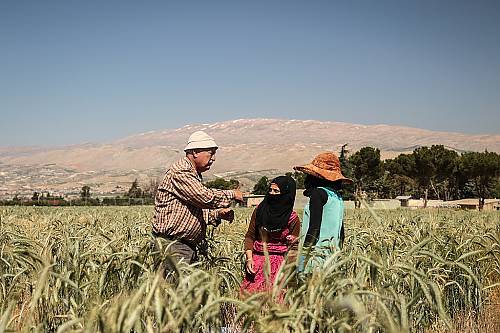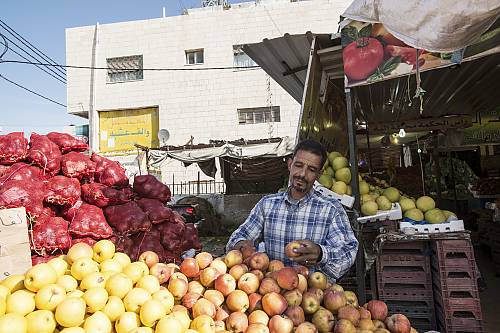How does identification and inventorying of intangible cultural heritage work with the widest possible involvement of communities? This critical question is being explored by country teams from Egypt, Jordan and Lebanon in a workshop taking place at UNESCO from 23 to 25 March, 2012.
Organized in the context of the project “Mediterranean Living Heritage” (MEDLIHER), this workshop co-funded by the European Union and UNESCO, preludes the launching of three major safeguarding projects in the Mediterranean countries mentioned above. The projects are being carried out under the respective Ministries of Culture with the support of the related UNESCO National Commissions. Whilst the inventorying plan of Egypt sees the focus on the intangible cultural heritage of Damietta, which forms part of the River Nile region, for Jordan, it is on the region of Madaba characterized by its great cultural diversity; for Lebanon, the attention is given only to Zajal, a cultural practice rooted in traditional poetry, but constantly recreated and reinterpreted to address issues and themes of relevance to the larger society today.
Meeting:
-
Upgrading competencies on community-based inventorying of intangible cultural heritage and planning related national workshops (23 March 2012 – 25 March 2012)
Project:
-
MedLiHer - Safeguarding of Intangible Cultural Heritage in the Mediterranean Partner Countries (1 January 2009 – 1 January 2013)




